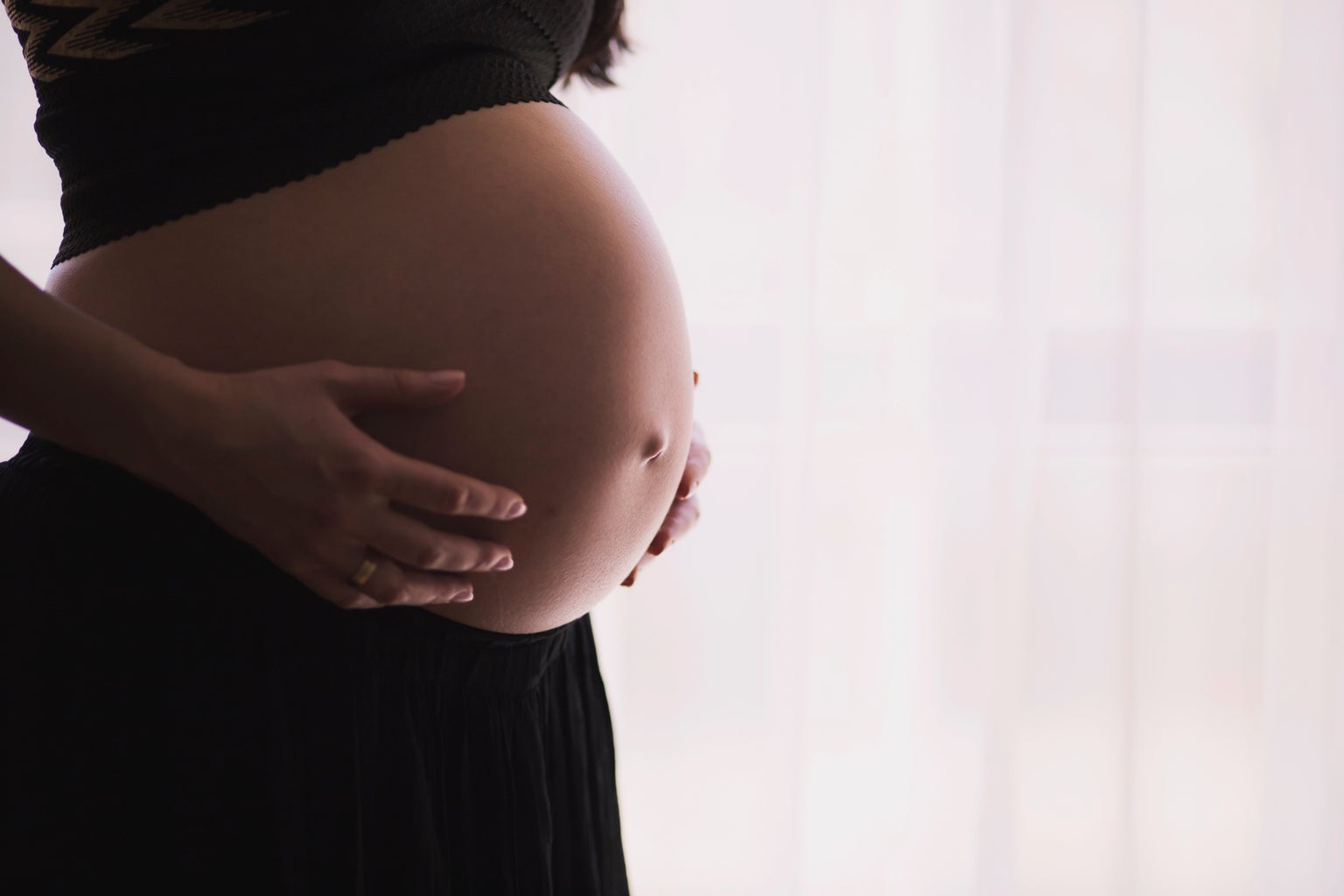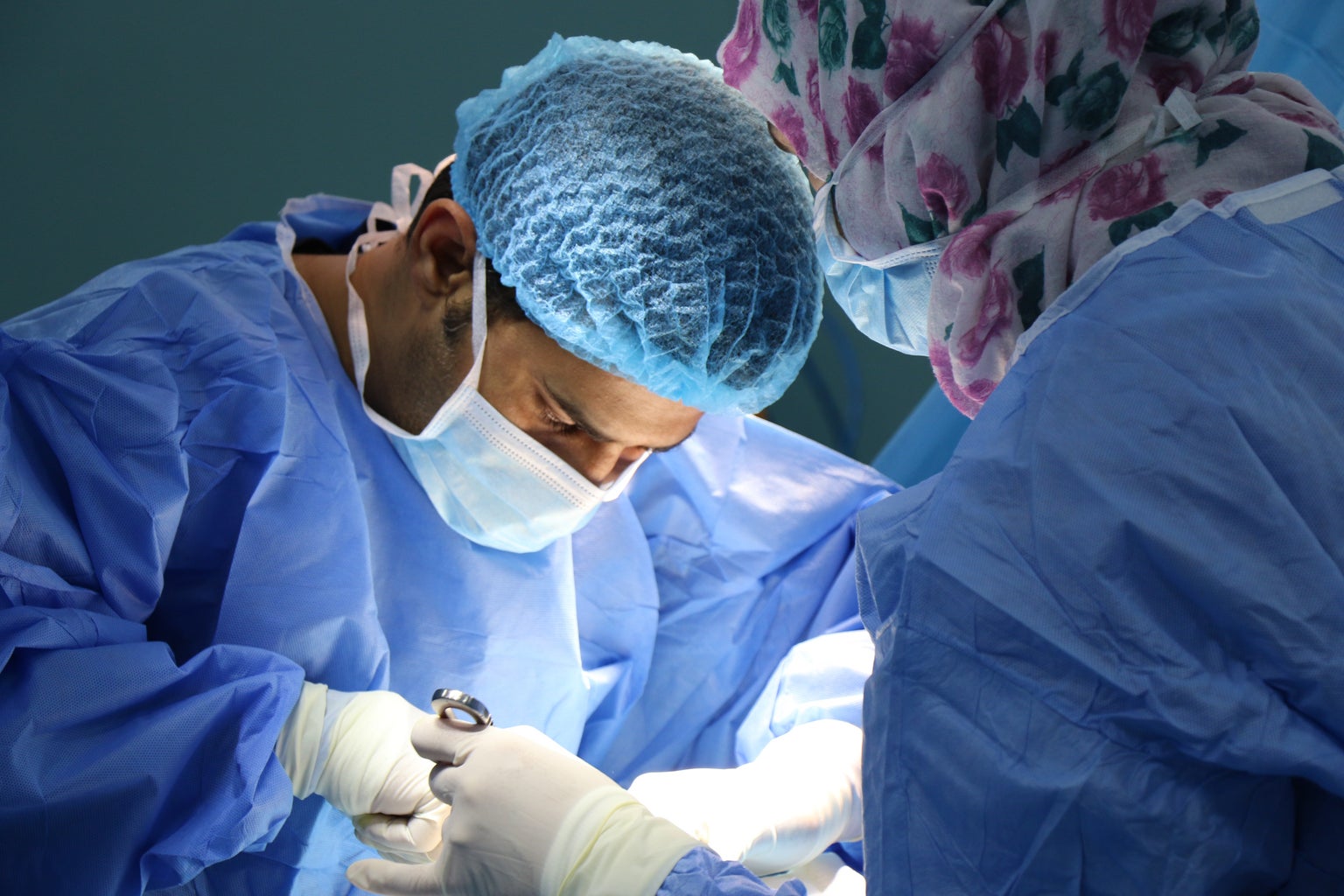Serena Williams, an accomplished tennis player with 23 Grand Slam singles titles to her name, gave birth to her daughter Olympia in 2017. After a successful emergency C-section, Williams’ daughter was brought into the world, safely enveloped in her mother’s arms. But within twenty-four hours of the procedure, Williams experienced frightening complications due to pre-existing medical conditions, something she feared would happen.
It started with a pulmonary embolism, which caused several other complications, such as the tearing of her C-section wound, that eventually led to another operation, in which they discovered a hematoma in her abdomen. This alarming series of events may have been fatal for Williams if it weren’t for her team of doctors and nurses that knew how to treat her, according to the athlete herself. Others, unfortunately, are not so lucky.
The term “maternal mortality” as defined by the World Health Organization, is loosely defined as the rate at which people who can give birth die from complications related to childbirth, whether it’s before, during, or after labor. In the U.S., this rate has been growing since 2000, which is shocking when one considers that most other developed countries’ maternal mortality rates have been declining. For example, according to The Commonwealth Fund, the maternal mortality rate in the Netherlands, Norway, and New Zealand was three or less maternal deaths per every 100,000 live births in 2018. The rate in the U.S. was seventeen per every 100,000 live births that same year.
There are many factors that contribute to the deaths of these expecting mothers. Some of these causes include infection or sepsis, cardiomyopathy, hemorrhage, and other cardiovascular conditions, according to the Center of Disease Control and Prevention. What is concerning, however, is that about two-thirds of fatal childbirth complications could have been prevented. Another aspect to consider is the rise of C-sections; across the globe, cesarean section procedures have increased from 6% in 1990 to around 21% in 2018, according to Nation Public Radio. One of the reasons for the increase is the financial aspect; C-sections cost, on average, $20,000 more than vaginal births, which burdens the mother and family, and benefits the hospital providing treatment. A study done in the Netherlands showed that death after a C-section was three times more likely than a natural birth, indicating the potential complications that come with such a procedure.
It is hard to ignore the racial disparities that are prevalent in the issue of maternal mortality. On average, a Black woman is three to four times more likely to die of childbirth than a White woman in the U.S.; in the same vein, a Native American or Alaska Native woman is twice as likely to die compared to a White woman. This could be because minorities are statistically less likely to have access to sufficient healthcare, whether it’s low socioeconomic status or the area that one lives in. Even when non-white people have access to quality healthcare, there is a clear difference between, say, a Black woman and a White woman’s treatment at medical facilities. In fact, when Serena Williams initially signaled for help to her nurses, they dismissed her concerns and wasted critical time. If she had not insisted on getting care (and if she did not have such high status), it might have been a different story. “Racism affects so many things before the patient even gets to the clinical encounter,” Dr. Allison Bryant Mantha, Vice Chair of the Gynecology Department of Massachusetts General Hospital in Boston, told Health.org. “Both implicit bias and structural racism affect how women are cared for in the healthcare system.”
Maternal mortality is an increasing and often overlooked problem in the medical care system. Despite the U.S. being a titan in advanced medicine compared to most other countries, it undermines the simple fact that women and those who can give birth have a higher chance of dying from labor now than just a few years ago. A possible way to decrease the rate in the U.S. is to utilize midwives. Midwives are healthcare workers that help child care from regulating a normal pregnancy, to ensuring a safe birth process, to taking care of the mother and child in the postpartum period. The U.S. supplies four midwives for every one-thousand live births, which is strikingly low compared to countries like Australia, which has 75 midwives for every one-thousand births. These low numbers could be a major reason as to why the maternal mortality rate in the U.S. is rising, in tow with the reasons mentioned previously. The World Health Organization recommends midwifery “as an evidence-based approach to reducing maternal mortality.”
In an ideal world, doctors and medical facilities all across the country could receive equal funding to give proper care to every patient, no matter age, pre-existing medical conditions, or race. However, for now, it’s important to educate others on this issue in order for it to gain enough publicity for it to be too hard to ignore.
Want to keep up with HCBU? Make sure to like us on Facebook, follow us on Instagram, check out our Pinterest board, and read our latest Tweets!





